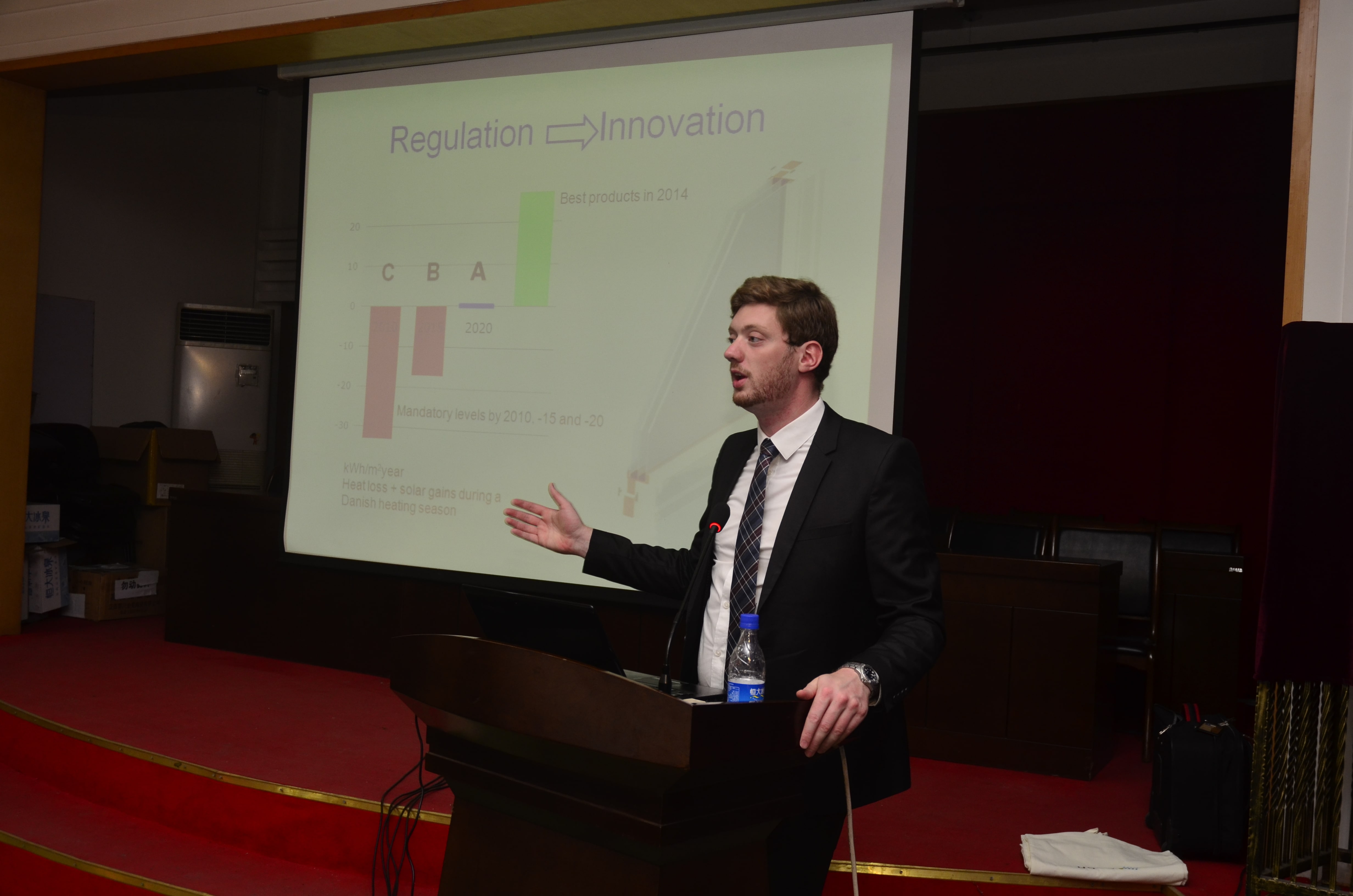Topic: Cumulative growth by rate Subscribe | Previous | Next
2186 Views I have a number for cars sold in a base year and yearly GDP growth rates given as an interp function in my LEAP model, which I want to combine. I would like to use these to forecast the future sale of cars.
There seem to be no function to calculate the growth from previous years in-line in LEAP, so is there any way I can do this without making advanced formulas in LEAP itself or using Excel?
Greg
2185 Views Hi Greg,
Have you tried the 'GrowthAs()' function? It sounds like it might just do the trick. You can supply any other branch as an argument to the function, and GrowthAs() will grow the variable using the same annually-calculated growth rate. Have a look at the help page here to see if it's what you're looking for:
http://www.energycommunity.org/WebHelpPro/Expressions/GrowthAs.htmcc
Best,
Taylor
2179 Views The link posted does ot work unfortunately, I get an error message.
The growth variates year by year, while I only have only one initial argument.
Basically, I have:
Initial number: x(2010)=100
Growth rate i:
2010 2011 2012
7.5% 8.1% 9.2%
I need to have LEAP calculate the development of x, basically x1=x(0)+x(0)*i(0) and so on.
I have tried GrowthAs(), but it seems to do the exact possible, using a string of numbers and a fixed growth rate. I don't think I properly understand the function and the explanation in the manual did not make sense to me. Is there a better example I can see or am I right in my understanding so far?
2177 Views Apologies Gregers, I didn't check the link. The last two 'c's should not be included.
http://www.energycommunity.org/WebHelpPro/Expressions/GrowthAs.htm
If the 'GrowthAs()' function is too literal, there's another route you could try. In in Table tab, under Analysis view, right click anywhere and select Statistics:Growth Rates Columns. This displays a final column at the end of the time series with an average growth rate. You could use this number to enter a simple 'Growth()' function instead of GrowthAs().
Best,
Taylor
2162 Views As far as I can see after calculating the GrowthAs() function through, it does not seem to do what I want.
I'd like to have an initial condition grow with different growth rates year on year. This is very relevant to when you are working with GDP growth rates, as these changes over time.
The GrowthAs() function as well as the solution you provided (although it is kinda neat) seemingly only works with one, fixed growth rate.
I sent you (Taylor) an Excel file that exemplifies what I am trying to do. It would help a lot for the usability of my program, as other people will have to work in it without my supervision later on.
2161 Views It sounds like the 'Growth()' function will actually be sufficient for you. Have a look at the help file:
http://www.energycommunity.org/WebHelpPro/Expressions/Growth.htm
Although it claims that only five different periods are permitted, you can actually enter up to seven year/value pairs, which specify different growth rates in different periods. For example, you might try entering the following expression:
Growth(8%, 2020, 7%, 2030, 5%)
This means that initially, after the first scenario year, your variable grows at 8% annually, but then starting in 2020, the rate becomes 7%, and so on.
Best,
Taylor
2130 Views Tanks, Taylor!
If I define the growth rate in Key Parameters how can I use it later? should I multiply the expression on the variable as:
XXnumber*key\GDP ?
Thanks for the help.
2127 Views I don't really understand your example. Maybe you could try editing it to clarify what you mean by 'XXnumber', or what you're trying to accomplish.
Remember, you can reference any data value you enter in LEAP (whether it is a Key Assumption or not) by using Branch\path\to\variable in the expressions that you enter.
Taylor



